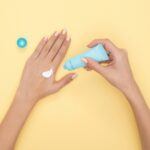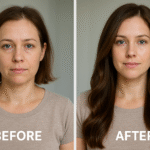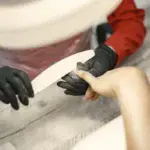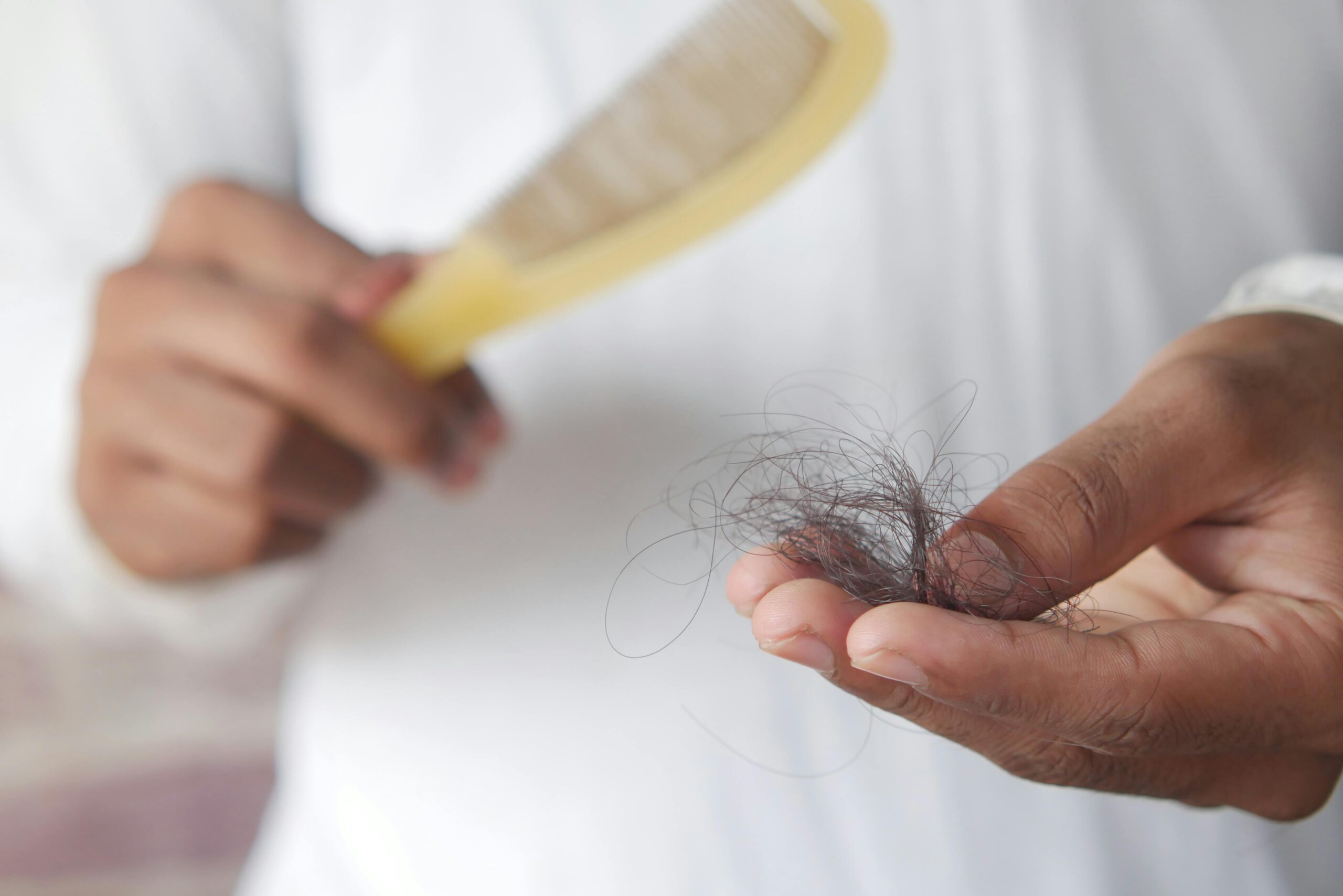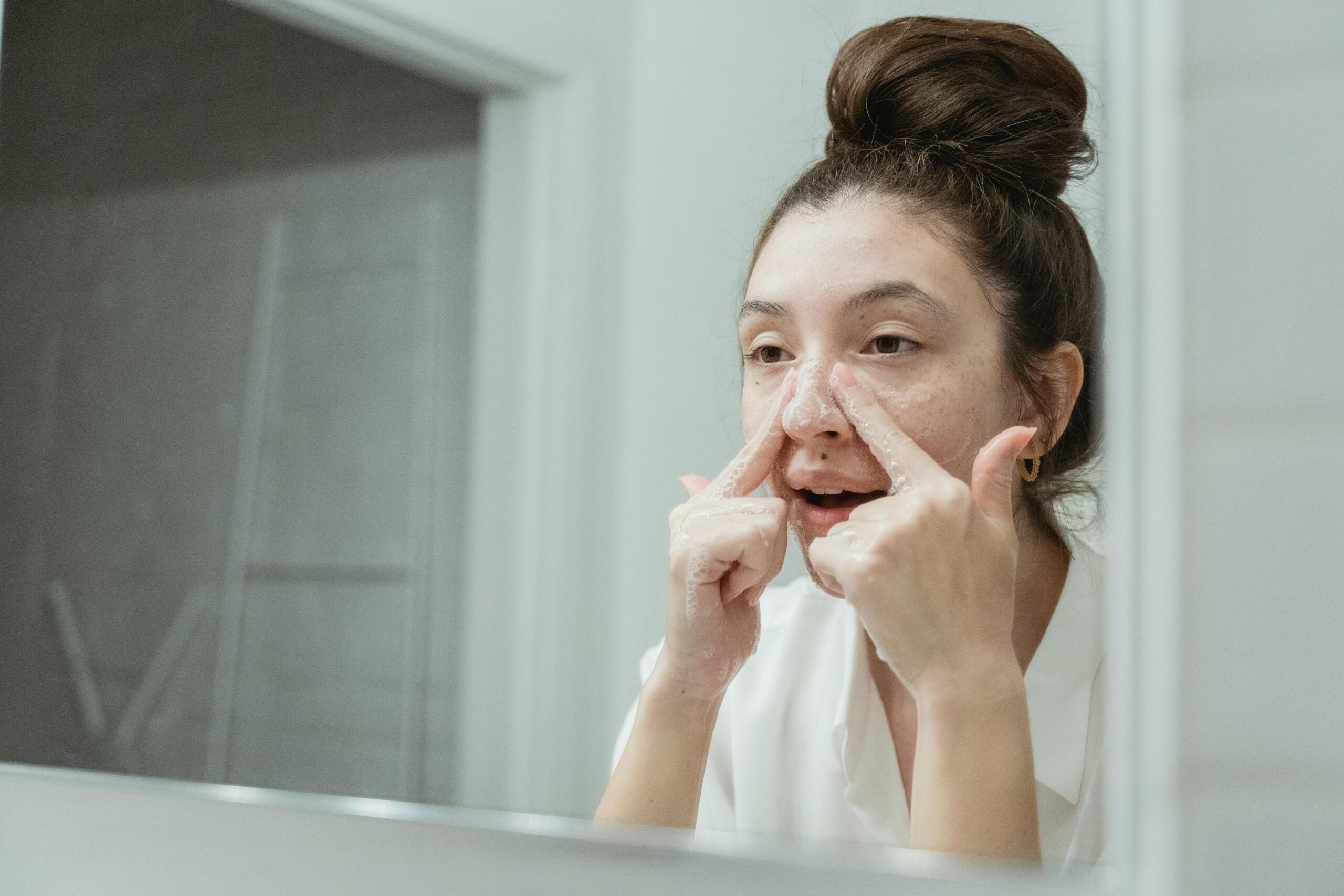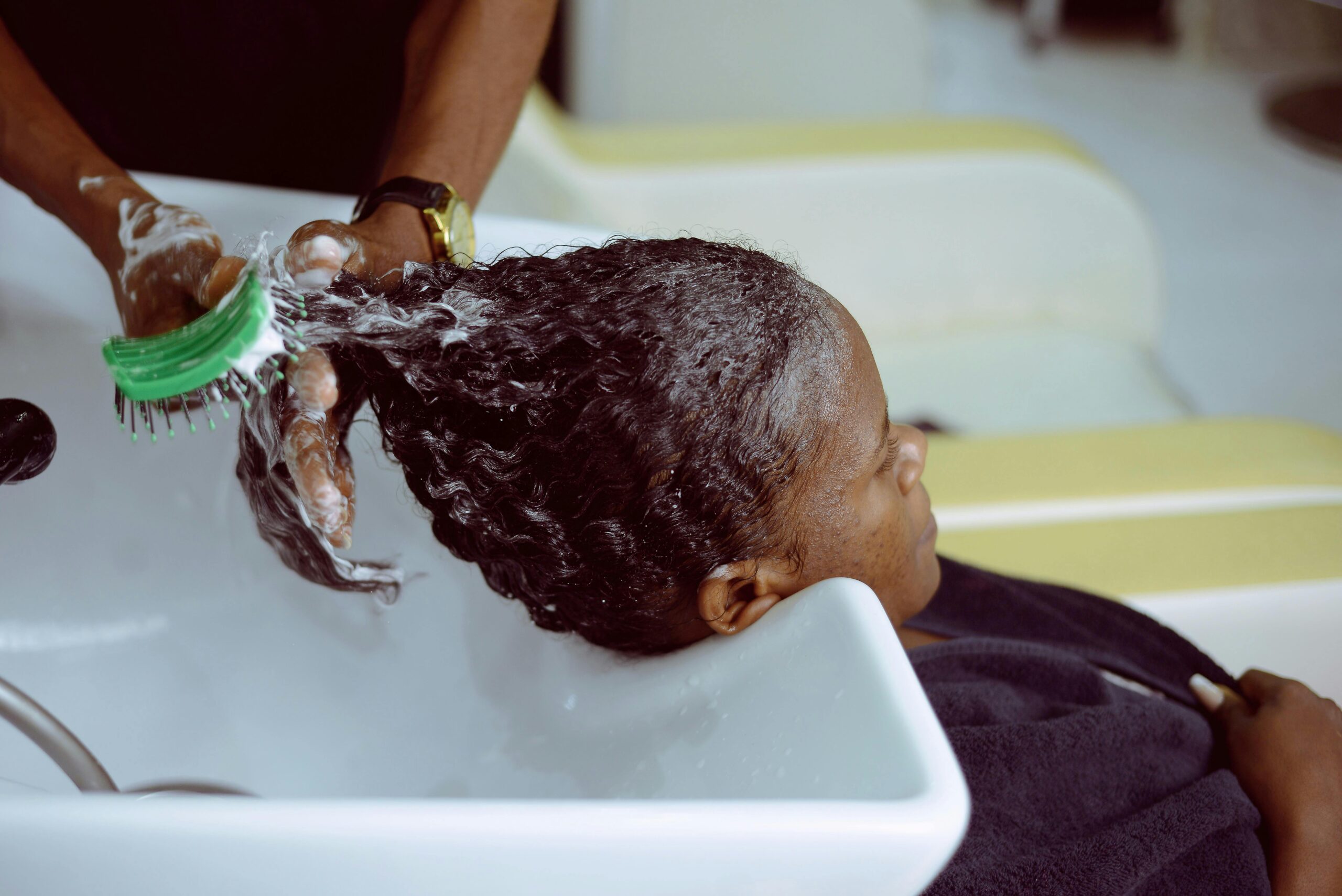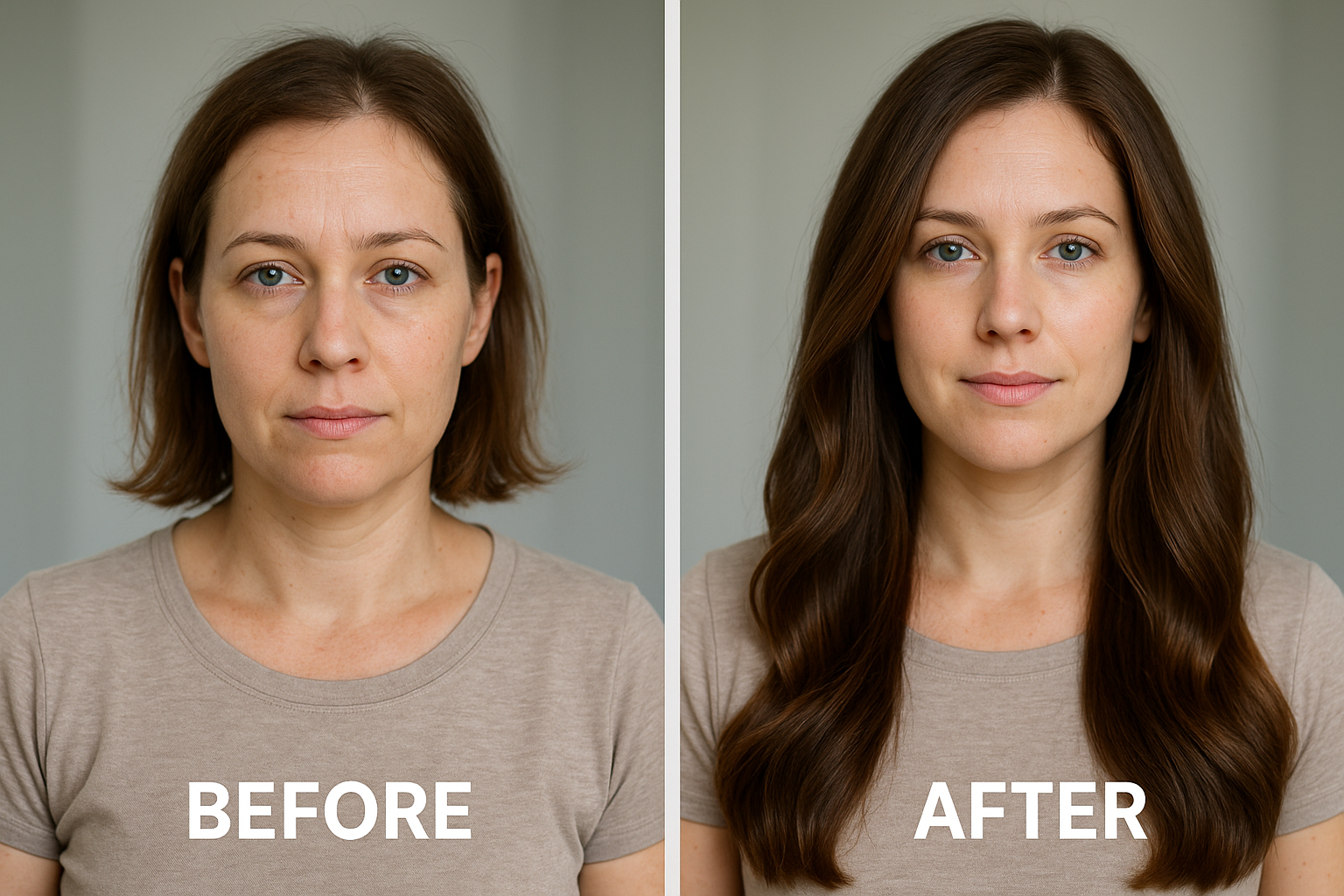You know that heart-sinking moment when you’re running your fingers through your hair and feel those telltale snaps? Or when you notice more broken strands than usual on your pillow? I’ve been there, and trust me, hair breakage doesn’t have to be your reality.
Hair breakage is like that annoying friend who shows up uninvited; it seems to happen when you least expect it, and once it starts, it can feel impossible to stop. But here’s the thing: preventing hair breakage isn’t about expensive salon treatments or miracle products (though some products help). It’s about mastering the small, daily habits that your hair will thank you for.
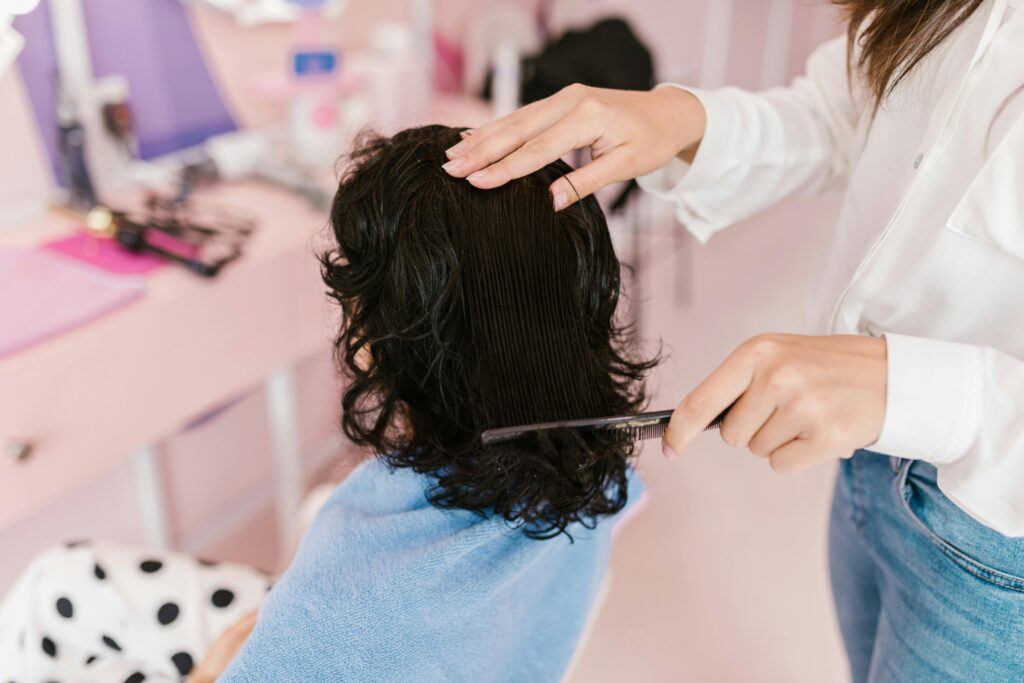
Think of your hair like a delicate silk scarf. You wouldn’t throw it in the washing machine with your jeans, right? Your hair deserves the same gentle, thoughtful care. And the best part? Most of these habits are so simple, you’ll wonder why you haven’t been doing them all along.
Understanding Hair Breakage: The Foundation of Prevention
Before we dive into the good stuff, let’s get one thing straight – hair breakage isn’t the same as hair loss. When your hair breaks, you’re dealing with strands that snap somewhere along the shaft, usually due to damage or weakness. Hair loss, on the other hand, involves the entire strand falling out from the root.
Hair breakage typically shows up as:
- Short, uneven pieces throughout your hair
- Split ends that seem to multiply overnight
- Hair that feels rough or straw-like
- Increased shedding during brushing or styling
The culprits behind hair breakage are surprisingly common: heat styling, chemical treatments, aggressive brushing, environmental damage, and even something as simple as sleeping on the wrong pillowcase. But here’s where it gets interesting , most of these causes are completely within your control.
The Daily Habits That Transform Your Hair
Morning Routine: Starting Your Day Right
Your morning hair routine sets the tone for your entire day, and more importantly, for your hair’s health. I learned this the hard way after years of rushing through my morning routine and wondering why my hair looked like I’d stuck my finger in an electrical socket.
The Gentle Wake-Up Call
Start with damp hair, not soaking wet. Hair is most vulnerable when it’s completely saturated with water – about 30% weaker than when it’s dry. If you shower in the morning, gently squeeze out excess water with a microfiber towel or cotton t-shirt. Regular towels are like sandpaper for wet hair.
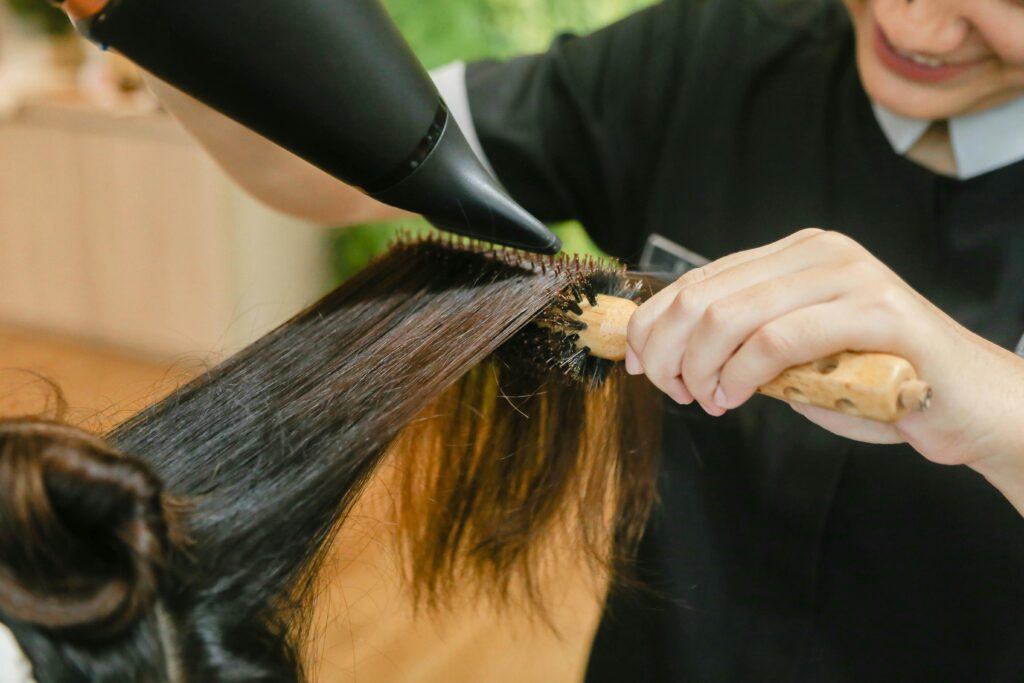
Detangling: Your Hair’s Best Friend or Worst Enemy
Here’s where most people go wrong. Never, and I mean never, brush wet hair from root to tip in one aggressive stroke. Start at the ends and work your way up, section by section. Use a wide-tooth comb or a detangling brush specifically designed for wet hair.
Pro tip: Apply a leave-in conditioner before detangling. It’s like giving your hair a protective shield while you work through any knots or tangles.
Heat Protection: Your Hair’s Bodyguard
If you’re going to use heat styling tools (and let’s be honest, most of us do), you need a heat protectant. This isn’t negotiable. Heat protectants create a barrier between your hair and temperatures that can reach up to 450°F.
Look for products that protect up to at least 400°F, and apply them to damp hair before blow-drying or to dry hair before using other heat tools. And here’s a game-changer: try lowering your heat settings. Your hair doesn’t need to be cooked , it just needs to be styled.
| Hair Type | Blow Dryer | Flat Iron | Curling Iron |
| Fine/Thin | Low-Medium (200-250°F) | 250-300°F | 250-300°F |
| Medium/Normal | Medium (250-300°F) | 300-350°F | 300-350°F |
| Thick/Coarse | Medium-High (300-350°F) | 350-400°F | 350-400°F |
| Damaged | Low (200°F max) | 200-250°F | 200-250°F |
Nighttime Rituals: While You Sleep, Your Hair Heals
Your nighttime routine is just as crucial as your morning one, but it’s often overlooked. Think about it – you spend 6-8 hours with your hair rubbing against your pillow. That’s a lot of potential friction and breakage.
The Silk Revolution
Silk or satin pillowcases aren’t just luxurious; they’re practical. Cotton pillowcases create friction that can rough up your hair cuticles and cause breakage. Silk allows your hair to glide smoothly as you move during sleep.
If silk pillowcases aren’t in your budget, try a silk or satin hair wrap or bonnet. It might take some getting used to, but your hair will show the difference within weeks.
Protective Styling for Sleep
Loose braids, silk scrunchies, or a loose bun can prevent your hair from tangling while you sleep. The keyword here is loose. Tight hairstyles, even for sleeping, can cause tension and breakage at the hairline and throughout your hair.
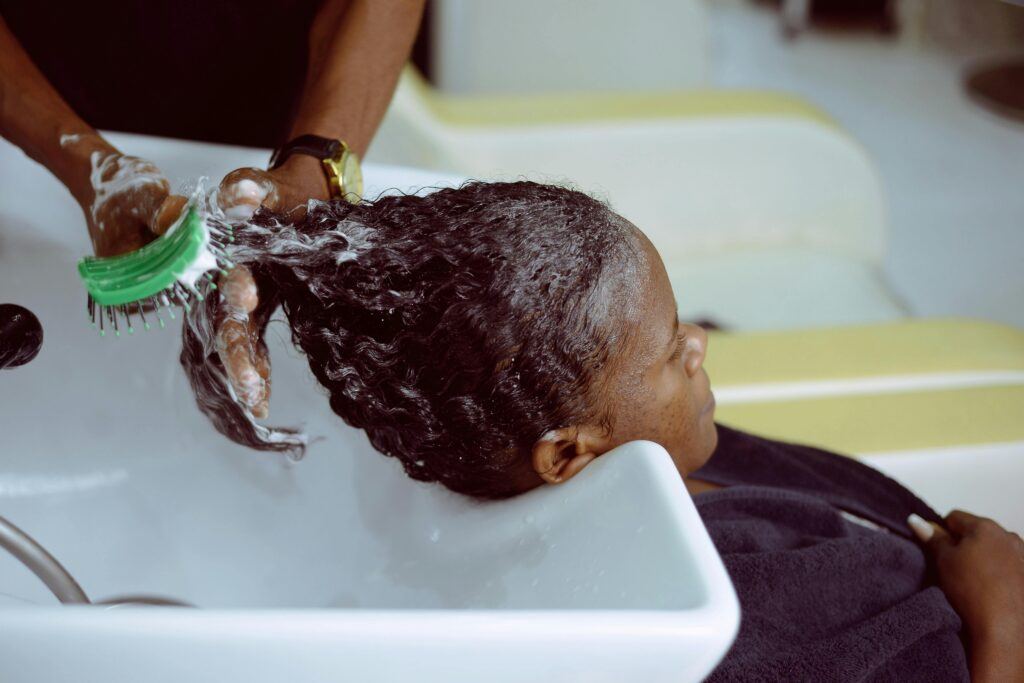
The Weekly Treatments That Make a Difference
Deep Conditioning: Your Hair’s Spa Day
Once a week, give your hair the deep conditioning treatment it deserves. This isn’t your regular conditioner, we’re talking about intensive masks that penetrate the hair shaft and repair damage from the inside out.
Look for masks with:
- Protein (keratin, hydrolyzed wheat protein) for strength
- Moisturizers (hyaluronic acid, glycerin) for hydration
- Natural oils (argan, coconut, jojoba) for nourishment
Apply the mask to clean, damp hair, focusing on the mid-lengths and ends. Leave it on for the recommended time (usually 10-20 minutes), then rinse thoroughly with cool water to seal the cuticles.
The Trim Truth
I know, I know – trimming seems counterproductive when you’re trying to grow your hair. I have gone through this with lot of clients .But here’s the reality: split ends don’t heal themselves. They travel up the hair shaft, causing more damage and breakage. Regular trims (every 6-8 weeks for damaged hair, every 8-12 weeks for healthy hair) help your hair grow longer by preventing breakage.
Product Recommendations: The Tools of the Trade
Not all hair products are created equal. Here are some standout products that deliver on their promises:
For Daily Protection:
- Olaplex No. 3 Hair Perfector: This isn’t just hype – it rebuilds broken disulfide bonds in your hair
- Instacure Anti-Breakage Shampoo: Strengthens hair and makes it more resistant to future damage. I have used this many times. Buy them from Cosmoprof
- Moroccanoil Treatment: A classic that provides protection and shine without weighing hair down
For Heat Protection:
- Mazani Thermastrength Heat Protecting Serum: Put your guard up! This lightweight heat protector serum is packed with shea butter and anti-breakage technology.
- Redken Extreme Anti-Snap: A leave-in treatment that reduces breakage during styling
For Deep Conditioning:
- Briogeo Don’t Despair, Repair! Deep Conditioning Mask: Perfect for weekly treatments
- Kérastase Resistance Masque: Intensive repair for severely damaged hair
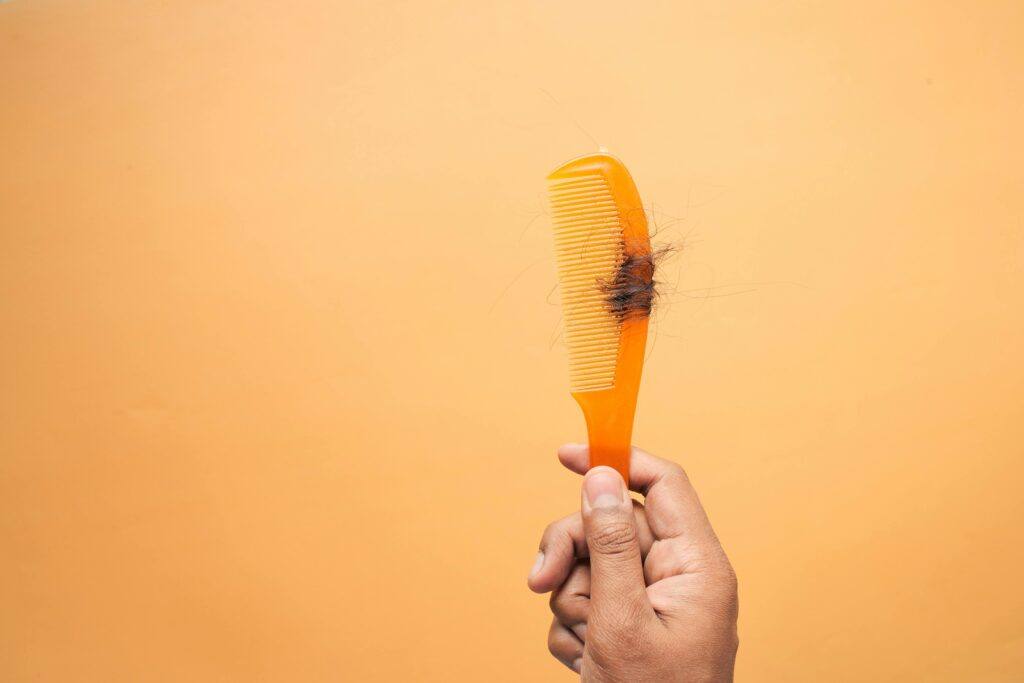
Common Mistakes That Sabotage Your Efforts
Let’s talk about the habits that might be undoing all your good work:
Over-Washing. Unless you have very oily hair or an active lifestyle, you probably don’t need to wash your hair every day. Over-washing strips your hair of natural oils, leaving it dry and prone to breakage.
Aggressive Towel Drying: Rubbing your hair vigorously with a towel creates friction and tangles. Instead, gently squeeze and press the towel against your hair to absorb water.
Ignoring Your Hair’s Needs Your hair’s needs change with the seasons, your hormones, and your lifestyle. What worked in summer might not work in winter. Pay attention to how your hair feels and adjust your routine accordingly.
Using the Wrong Hair Ties: Those tiny rubber bands and metal hair ties are breakage waiting to happen. Invest in silk scrunchies or spiral hair ties that don’t create tension points.
Lifestyle Factors That Affect Hair Breakage
Your hair health isn’t just about what you put on it , it’s also about what you put in your body and how you live your life.
Nutrition for Hair Strength: Your hair is made of protein (specifically keratin), so adequate protein intake is crucial. Include foods rich in:
- Biotin: eggs, nuts, seeds
- Iron: spinach, lean meat, beans
- Omega-3 fatty acids: salmon, walnuts, flaxseeds
- Vitamin D: fatty fish, fortified foods
Stress Management: Chronic stress can affect your hair’s growth cycle and make it more prone to breakage. Find healthy ways to manage stress , whether that’s meditation, exercise, or simply getting enough sleep.
Dehydrated hair is brittle hair. Make sure you’re drinking enough water throughout the day. Your hair will thank you for it.
Seasonal Adjustments: Adapting Your Routine
Your hair care routine shouldn’t be set in stone. Different seasons bring different challenges:
Winter Care Cold air and indoor heating can leave hair dry and static-prone. Increase your deep conditioning treatments and consider using a humidifier in your bedroom.
Summer Protection: UV rays can damage hair just like they damage skin. Use products with UV protection, and consider wearing hats or scarves when you’re spending extended time in the sun.
Humidity Management: High humidity can cause frizz, leading to more manipulation and potential breakage. Anti-humidity products and protective styles can help.
Troubleshooting: When Things Go Wrong
Sometimes, despite your best efforts, you might notice increased breakage. Here’s how to troubleshoot:
Sudden Increase in Breakage
- Check for changes in your routine, products, or lifestyle
- Consider if you’ve been stressed or had any hormonal changes
- Evaluate if you’ve been more aggressive with styling or brushing
Persistent Breakage Despite Good Habits
- You might need more intensive treatments
- Consider seeing a professional for a hair analysis
- Look into underlying health issues that might affect hair health
The Science Behind Healthy Hair
Understanding the structure of your hair can help you make better decisions about how to care for it. Each hair strand has three layers:
The Cuticle: The outer protective layer made of overlapping scales.
The Cortex: The middle layer that gives hair its strength and color.
The Medulla: The innermost layer (not present in all hair types)
Most hair damage occurs in the cuticle layer. When these scales are lifted or damaged, the cortex becomes exposed and vulnerable. This is why gentle handling and protective products are so important.
Professional vs. At-Home Treatments
While daily habits form the foundation of healthy hair, sometimes you need professional intervention:
When to See a Professional:
- Severe breakage that doesn’t improve with at-home care
- Chemical damage from coloring or perming
- Scalp issues that might be contributing to breakage
- When you need a significant change in your routine
Professional Treatments Worth Considering:
- Olaplex or similar bond-building treatments
- Professional deep conditioning treatments
- Scalp treatments for underlying issues
Building Your Personalized Routine
Not every tip will work for every person. Hair type, lifestyle, and personal preferences all play a role in determining the best routine for you.
For Fine Hair:
- Focus on lightweight products
- Avoid over-conditioning the roots
- Be extra gentle during styling
For Thick, Coarse Hair:
- You can handle richer, more intensive treatments
- Focus on moisture and smoothing products
- Protective styles are especially beneficial
For Chemically Treated Hair:
- Protein treatments become more important
- You may need more frequent deep conditioning
- Be extra cautious with heat styling
Creating Habits That Stick
The key to preventing hair breakage isn’t perfection – it’s consistency. Start with one or two changes and gradually build from there:
Week 1-2: Focus on gentle handling (better brushing technique, silk pillowcase)
Week 3-4: Add heat protection to your routine
Week 5-6: Introduce weekly deep conditioning treatments
Week 7-8: Fine-tune your routine based on how your hair responds
Measuring Your Success
How do you know if your new habits are working? Look for these signs:
- Fewer short, broken pieces when you run your fingers through your hair
- Less hair in your brush or on your pillow
- Hair that feels stronger and more elastic when wet
- Improved shine and smoothness
- Reduced split ends between trims

The Long Game: Patience and Persistence
Here’s the truth nobody talks about: you probably won’t see dramatic results overnight. Hair grows about half an inch per month, so it takes time for healthier hair to grow out and replace damaged hair.
Be patient with the process and consistent with your habits. The hair you’re caring for today will be the hair you’re showing off in six months.
Conclusion: Your Hair’s New Beginning
Preventing hair breakage with daily haircare habits isn’t about complete perfection or expensive products , it’s about making small, consistent choices that add up to healthier hair over time. Every gentle brush stroke, every night on a silk pillowcase, and every heat protectant application is an investment in your hair’s future.
Remember, your hair is unique, and what works for someone else might not work exactly the same way for you. Pay attention to how your hair responds to different techniques and products, and don’t be afraid to adjust your routine as needed.
The journey to stronger, healthier hair starts with a single habit. Which one will you choose to implement first? Your hair is waiting for you to show it the love and care it deserves.
Ready to transform your hair care routine? Start with just one habit from this guide today, and watch as your hair becomes stronger, healthier, and more beautiful with each passing week. Your future self (and your gorgeous, breakage-free hair) will thank you.
Have you tried any of these hair breakage prevention techniques? Share your experiences and favorite tips in the comments below – your insights might be exactly what another reader needs to hear!


